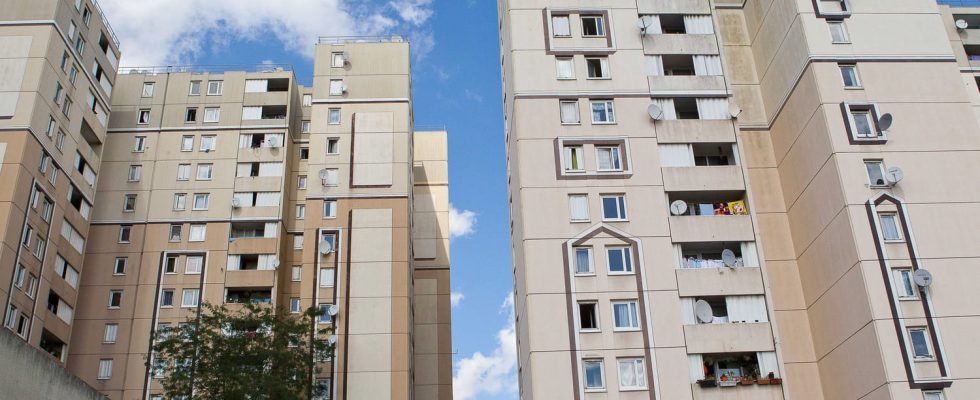An update of the list of priority districts of the City’s policy, the first since 2014, was published in the Official Journal on December 30.
For the first time since 2014, France is reviewing its list of priority urban policy districts (QPV), by integrating 111 new districts from January 1, 2024. This change, recorded in a decree published on December 30 in the Official Journal, marks an important step in French urban policy. With this update, 1,362 sites in mainland France and more than 200 in overseas territories are now classified as QPV. Among the existing districts, 960 see their perimeter change, while 291 remain unchanged.
This update, the first since the promulgation of the Lamy law in 2014, mainly extends the system to new territories. All departments of mainland France are now affected. A QPV was notably created in Mende, in Lozère.
The list of priority neighborhoods
Enter the number of a department or the name of a city in the search engine below to consult the list of districts concerned:
5 million inhabitants affected
According to Sabrina Agresti-Roubache, Secretary of State for the city, “this decree is the culmination of a process of fruitful exchange between state services and local elected officials”. “Our desire was to meet the needs of the most vulnerable and to have zoning as close as possible to the realities of each territory,” she added. For QPVs in overseas territories, currently numbering more than 200 sites, the update will be spread over the year 2024, for application in 2025.
The new priority neighborhoods were chosen by cross-referencing data from the National Institute of Statistics and Economic Studies (Insee) and analyzes from the National Agency for Territorial Cohesion (ANCT). To be eligible, a neighborhood must be located in an urban unit of more than 10,000 inhabitants and have a minimum of 1000 inhabitants.
Around 5 million people now live in QPVs. Neighborhoods which are intended to benefit from specific measures, particularly in terms of taxation, education, employment, integration, and economic and social development. The main objective is to reduce inequalities compared to the rest of the territory.
